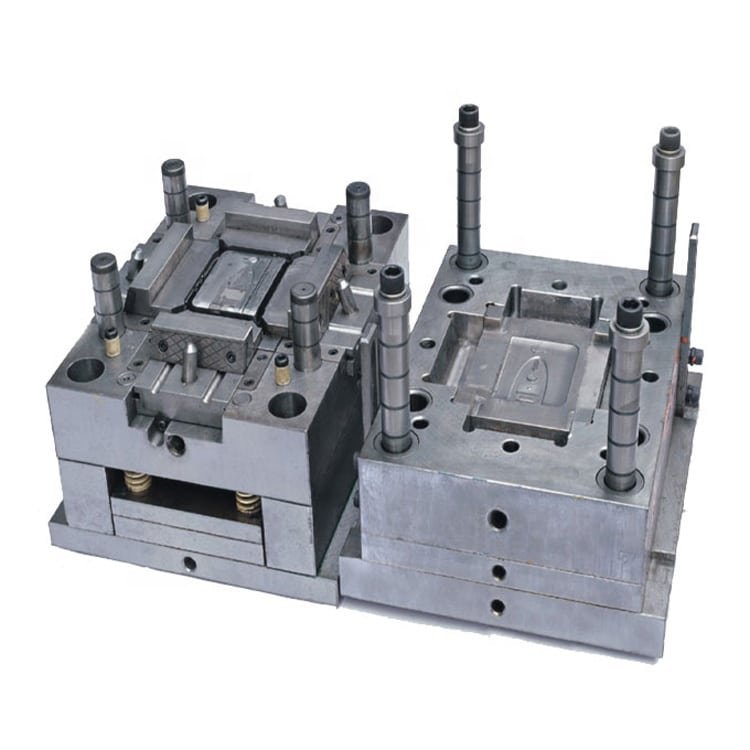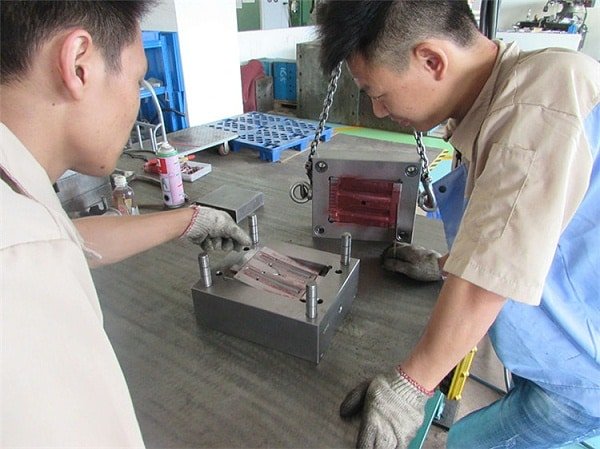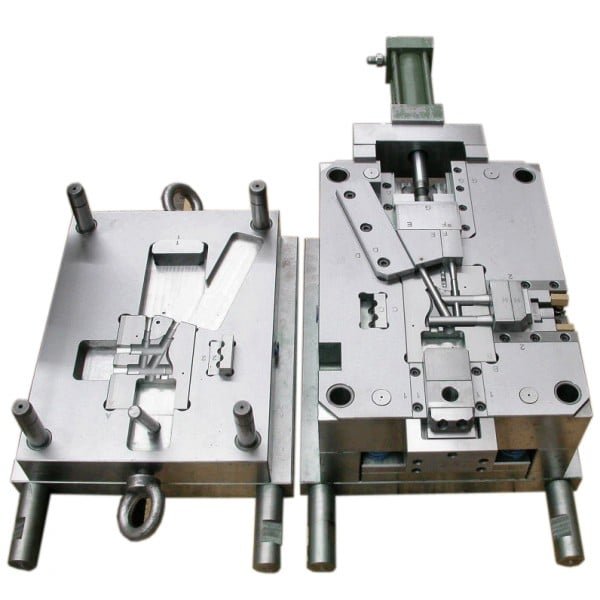1.Gases may form in injection molds.
(1) Air trapped between the pouring system and mold cavity.
(2) Some raw materials contain moisture that has not been extracted through drying, which will turn into water vapor at high temperatures and lead to decomposition and release of gases during injection molding.
3 When heated by injection molding at such high temperatures, certain plastics with unstable properties may decompose and produce gases, potentially producing hazardous emissions into the environment.
(4) gases generated through volatilization or chemical reaction of additives present in plastic raw materials.

2.Cause of poor exhaust flow
It is also essential to quickly pinpointing the source of poor exhaust and flow issues within an injection mold, as inadequate exhaust can pose numerous threats to both quality of plastic parts and overall operations.

This performance features as follows:
(1) When performing injection molding, melt will replace gas in the mold cavity and, if released too slowly, can hinder filling of this fluid with injection volume insufficiently and failure of filling of all cavities in a mold.
(2) Removing gas that does not flow smoothly will create high pressure in the mold cavity and, at certain compression levels, cause leakage into plastic’s interior resulting in quality defects such as voids, air bubbles, tissue thinning and crazing.
(3) Due to high compression rates of gas, temperature in a mold cavity rises abruptly as a result of its compression, leading to decomposition and burning of surrounding plastic melt, leading to carbonization or scorching of parts in certain places – typically at the point where two melt streams converge at a gate flange or near its junctions.
(4) Poor removal of gases leads to differing melt velocities entering each cavity, potentially leading to flow marks and fusion marks that compromise mechanical properties of plastic parts and reduce their performance.
(5) Owing to gas obstruction, filling speed will decrease, impacting mold cycle times and decreasing taxation efficiency.

3.Distribution of Bubbles in Plastic Parts:
(1) When trapped air forms bubbles within a mold cavity, these are frequently located opposite of the gate.
(2) Bubbles produced from chemical or decomposition reactions on plastic materials tend to form along the thickness of plastic parts, while any moisture vaporization produces irregular distribution.
